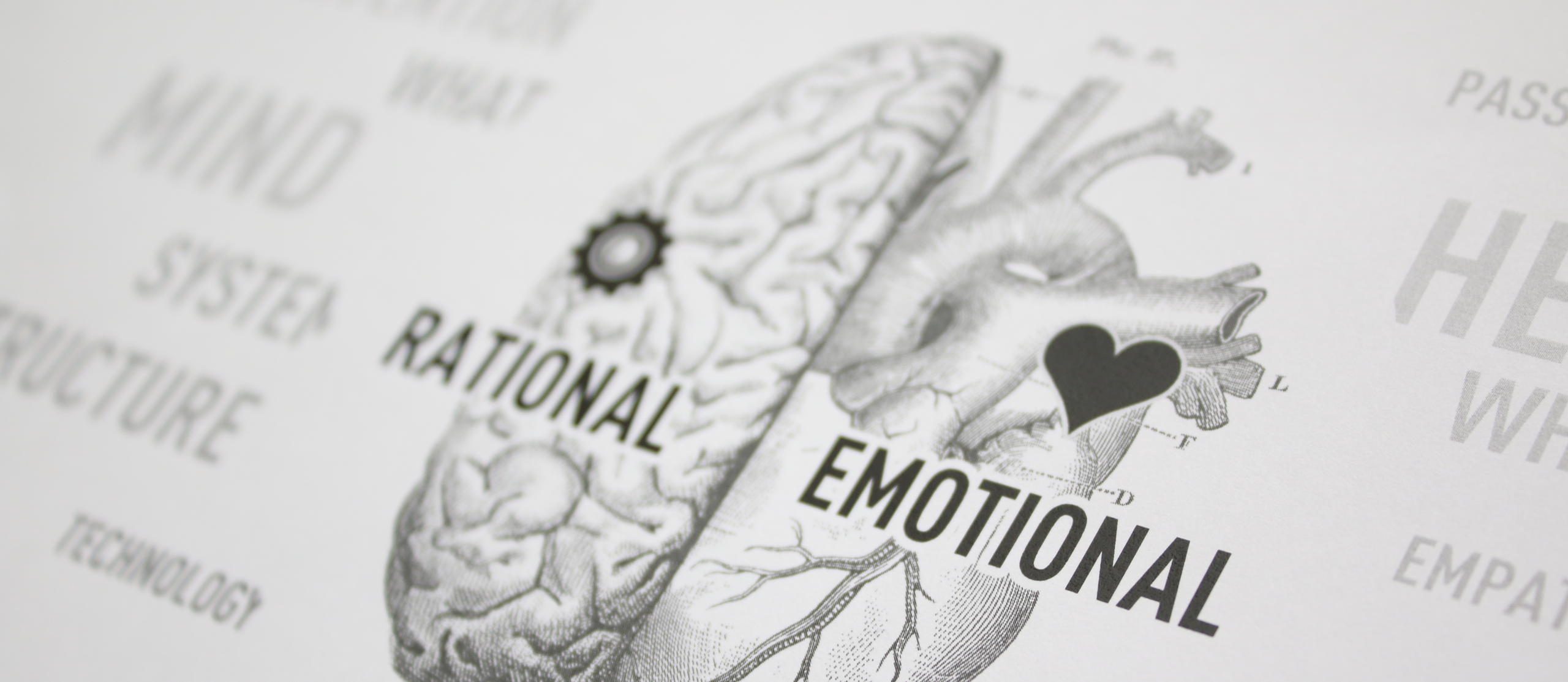Just as Tina Turner’s song asks “What’s Love Got to Do with It?” – So do I.
We attribute love to everything and say it about almost anything – “I love _____.” My spouse, friends, dog, work, chocolate, flowers, a smell, and even other feelings (i.e. “I love being happy”). There are millions of songs, stories, movies, and plays all around the world about this topic; this “second-hand emotion” as Tina describes it in her 1984 release. Love even has something to do with business; we want to build relationships with customers, clients, and colleagues. As Gallop reports, “the more friendships you have at work the more engaged you will be.” Kevin Roberts, former CEO Worldwide of Saatchi & Saatchi and AG Lafley, former CEO of P&G, co-authored a branding book called Lovemarks inferring that logos are a sign of love.
So, what’S love got to do with it? Seriously.
The more you love something the more emotionally engaged you are. The more emotionally engaged you are, the more likely you will be to act or behave a certain way. Emotions stir action, and in this case, love stirs positive action. But how do you know if it’s been stirred? Unfortunately just asking, “Excuse me, have you been stirred, emotionally?” doesn’t work. People are finicky; they may tell you they like or even love something, and then never buy it. They may feel something about a person or product but not know why they like one over another.
Every relationship, every choice, every purchase is all very emotional. And it’s based in Neuroscience.

As humans, our emotions drive our behavior.
The truth is, it’s all in our head before it’s in our heart.
As we grow and learn our brains remember what we value and contextualize every second around those values. Every input becomes categorized evidence to help us make better choices. The brain uses hormones or chemicals like oxytocin to make certain you know in your heart and your head that everything “feels” right: “you can trust that, you will be safe.” Others, like cortisol, reinforce fear.
Our brains process information very quickly and are designed to get us to engage in action both implicitly and explicitly. Sometimes without even “thinking about it”, we implicitly feel emotional confidence that enables us to “just do it” per se. On the other hand, there are those times you debate your action; your choice becomes rational, more explicit. You know the torment– you feel one way, but think another (you may have felt like this in the grocery store aisle). Either way, your brain must emotionally engage, feel safe, and trust before it’s moved to action.
We at Hyperquake are driven to find truth.
Because of this, we needed to find a way to better understand and even test this emotional engagement; a way to make the implicit, explicit. So we designed Neuropulse, a neuromarketing program that is based in neuroscience and biometrics to obtain the data + insights needed to drive action*.
*Whether combined with traditional research or used independently, the Hyperquake Neuropulse ProgramTM enables us to gather implicit consumer insights with up to 80% accuracy.
The first part of the program is gathering data with a wearable band that measures unconscious emotional responses for results in real-time. Data is fed to a connected online portal that allows you to see what someone is feeling on a simple 1-10 scale — emotional engagement at every moment of interest, excitement, boredom, or frustration. This technology tells us about each moment of an experience. We can then use these data-driven insights to influence the second part of the program where we optimize a concept, idea, or experience (live or virtual)— which will maximize engagement (and ultimately our client’s return on investment).

The Hyperquake Neuropulse Program™ shown here uses biometric data and technology to track unspoken audience responses in real-time and then predict behaviors in a real-time dashboard and mobile interface.
Through biometric data, Neuropulse accurately tracks audience engagement and produces actionable insights:
- Holistic hardware and software grounded in neuroscience*
- 20+ years of exercising the Human Communication Model
- 15 years of research, $4 million investment (DARPA)

So to answer Tina Turner’s question – “what’s love got to do with it?” It’s got nothing to do with it. Because while you may feel like love has everything to do with it, technically, it’s all about neuroscience.
